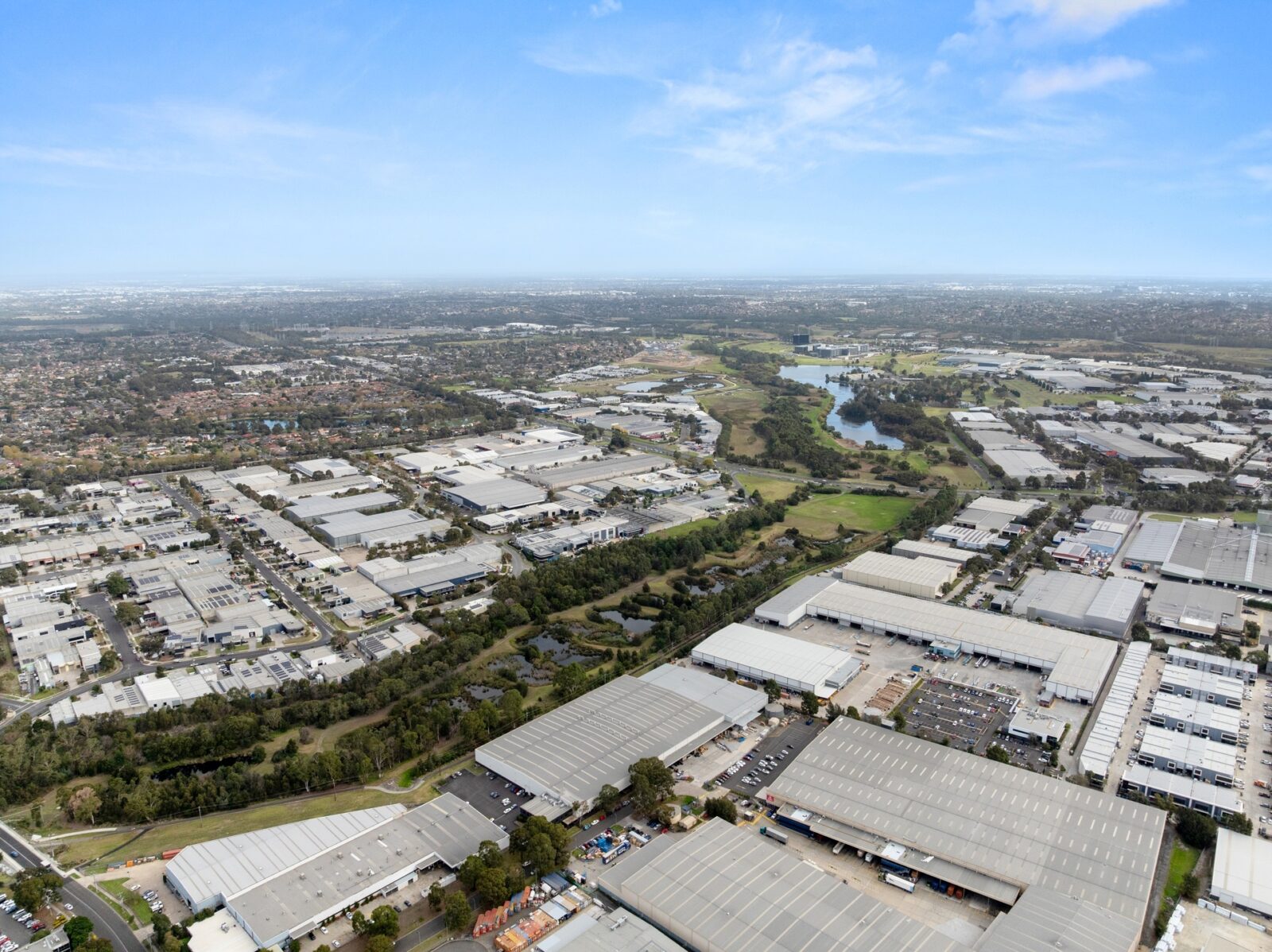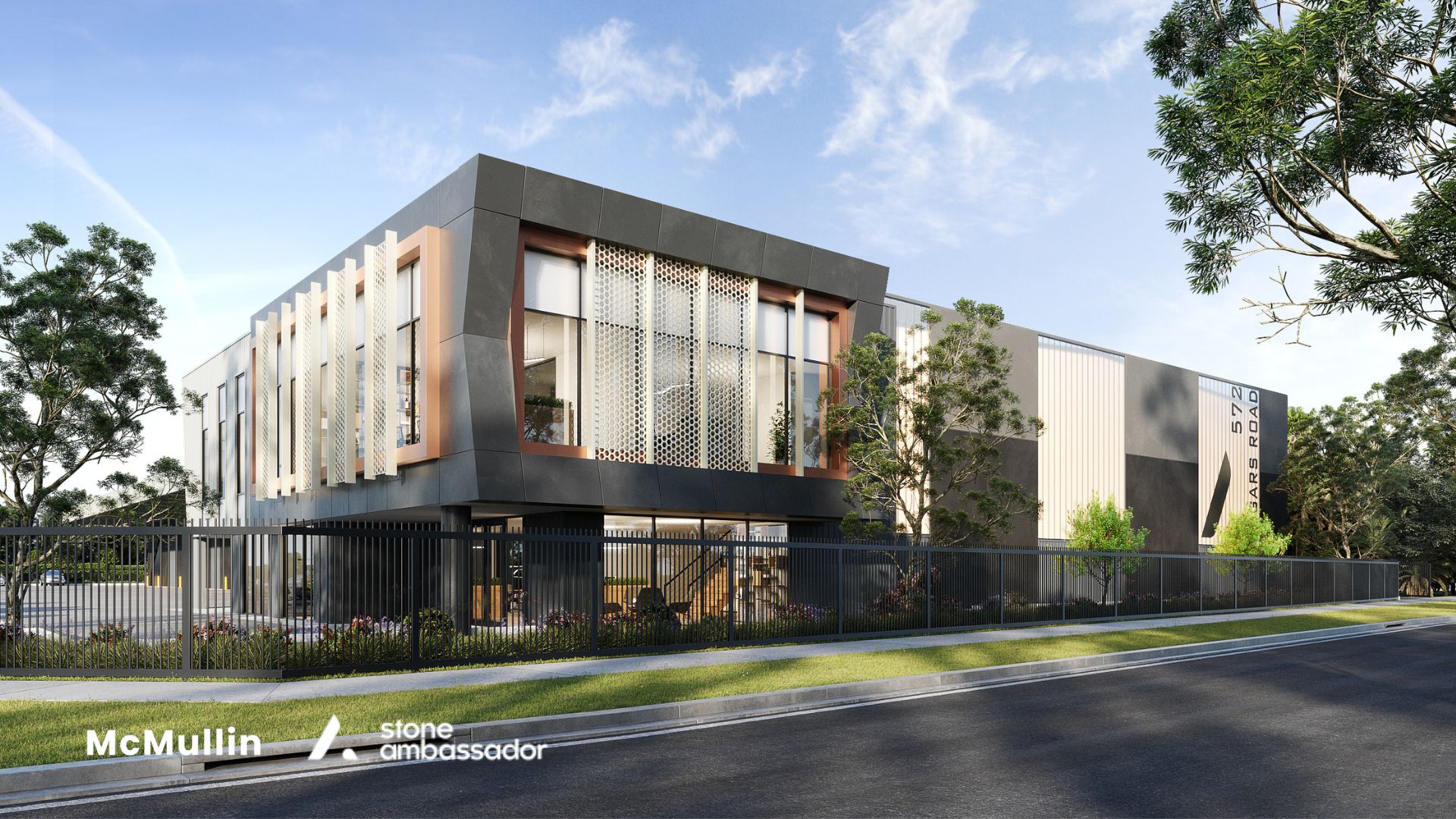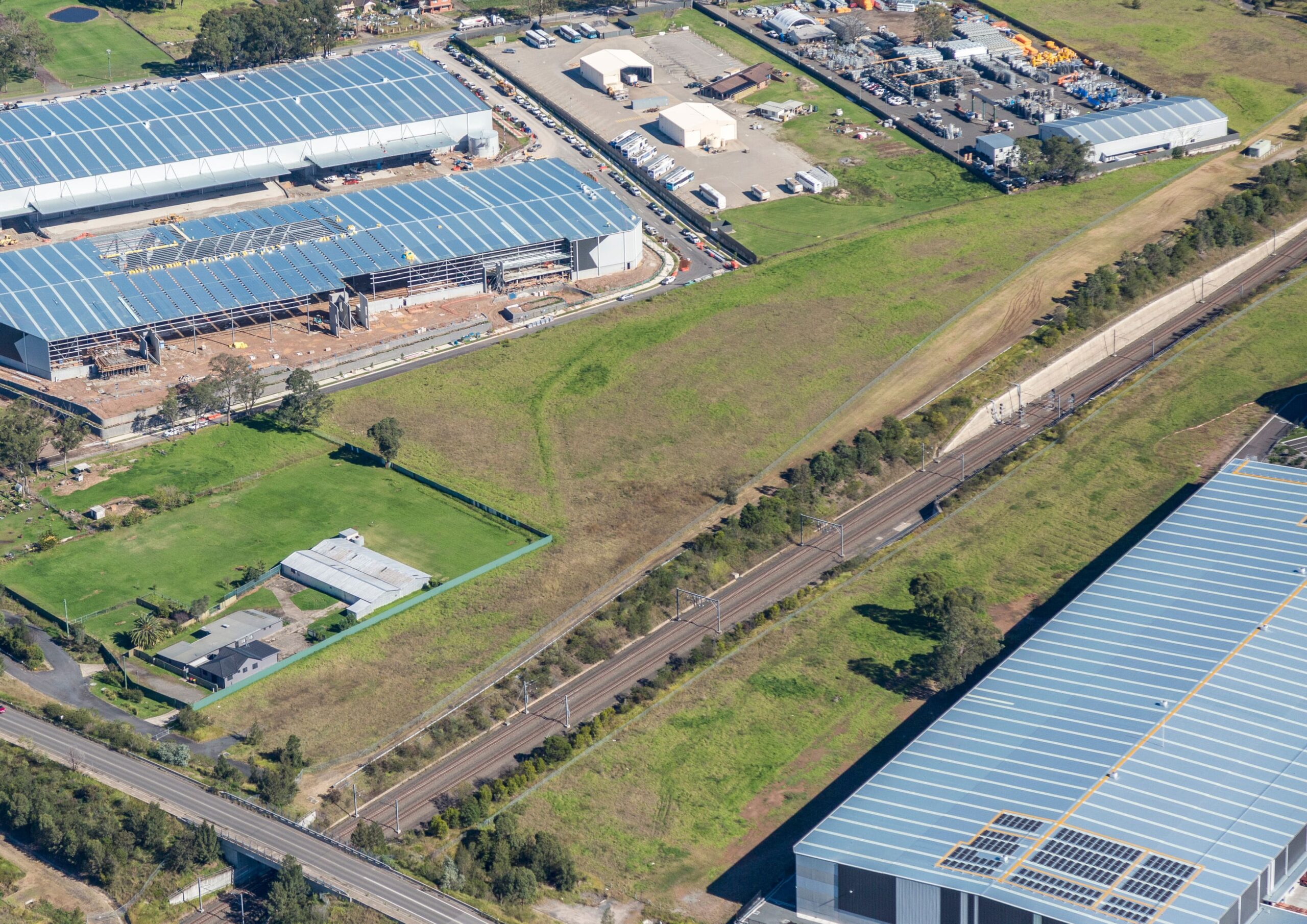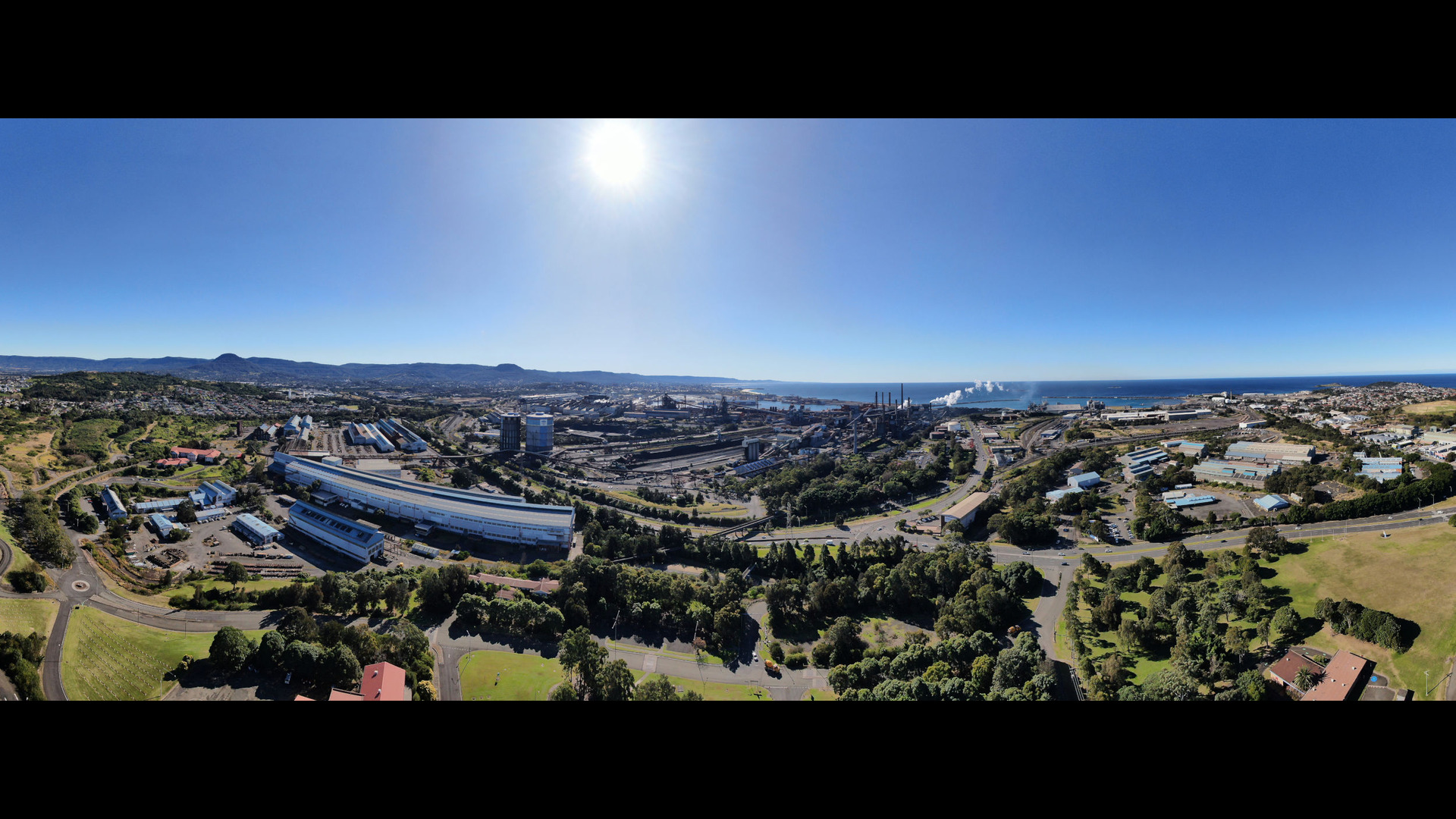JLL’s Industrial Vacancy Analysis Reveals Stark East-West Market Divide | JLL
11 July 2025
Perth’s industrial market defies national trends with record-low 2.65% vacancy rate in first national analysis
Australia’s industrial property market continues to evolve with varying vacancy trends across capital cities, according to JLL’s latest Industrial Vacancy Figures for Q1 2025. For the first time, Perth has been included in this national analysis, revealing its position as Australia’s tightest industrial market. Overall east coast vacancy increased to 3.9%, up from 3.7% in the previous quarter, with total vacant space increasing by 122,770 sqm to 2.58 million sqm.
“Whilst national industrial vacancy continues to trend upwards, it’s far from a uniform story,” notes Annabel McFarlane, Head of Strategic Research at JLL. “While vacancy in precincts with a higher proportion of large, big box warehousing is increasing, vacancy remains low in urban infill precincts such as Melbourne’s South-East and parts of Sydney’s Inner west. The lower availability of leasing options in infill areas will continue to support occupier relocation strategies in these precincts.”
Perth: Australia’s strongest industrial market
Perth has made a significant entrance into JLL’s national industrial vacancy analysis, recording the lowest industrial vacancy rate of any Australian capital city at just 2.65% in Q1 2025. The Western Australian capital’s industrial market spans 7.5 million sqm of stock, with 90% concentrated in the East and South precincts.
“Perth’s industrial market demonstrates remarkable resilience and strength compared to the east coast markets,” says Matt Brunsdon, Head of Logistics & Industrial – WA. “What’s particularly impressive is the East precinct, which is Perth’s largest industrial precinct, remains extremely tight with only 1.5% of total stock available to lease. This exceptional performance reflects Perth’s economic stability and the strategic importance of these industrial hubs.”
Comparatively, vacancy in the South precinct is 4.12% – the highest in the Perth market. However, this is still relatively low compared to many east coast markets. Vacancy in the North precinct in 0.99%. However, this precinct is much smaller and with a typically lower demand profile than other Perth industrial precincts.
“Perth’s development pipeline is measured and strategic,” adds Mr Brunsdon. “With approximately 164,800 sqm under construction across the metro area and solid pre-commitment levels, we’re seeing a market that’s expanding carefully in response to genuine demand rather than speculative oversupply.”
Sydney: Mixed performance across diverse precincts
Sydney’s industrial vacancy increased to 4.4% in Q1 2025. However, vacancy movement was varied across the six distinct precincts. The Outer North West remains Sydney’s tightest precinct at just 1.91% vacancy, though this represents a slight increase from 1.50% in the previous quarter.
“Sydney’s industrial market tells a story of contrasts,” explains, Marco Chiodo, Head of Logistics and Industrial – NSW. “While the overall vacancy rate has increased, certain precincts continue to perform exceptionally well. Resilient occupier demand for space in the Inner West has resulted in a decrease in vacancy over the quarter – one of the only precincts, along with the Outer North West, where the vacancy rate trended downwards. This is broadly reflective of the precinct’s lower proportional volume of 3PL occupiers within the tenancy mixes, providing a higher insulation against retail spending downturns.”
Sydney maintains the highest sublease vacancy nationally at 1.0% (219,633 sqm), though this decreased by 32,000 sqm over the quarter as some sublease space was absorbed. The market totals 23.0 million sqm of industrial stock, with 41.5% concentrated in the Outer Central West precinct.
The highest precinct vacancy rate was recorded in South Sydney (6.36%), reflecting challenges with affordability in the precinct with the highest average rents in the market. Occupiers reaching lease expiry in South Sydney continue to explore other geographies for potential relocation options, particularly the Outer South West, to reduce business accommodation costs.
“Sydney’s supply pipeline remains relatively balanced,” Ms McFarlane notes. “With 812,800 sqm currently under construction and moderate pre-commitment levels, we’re carefully watching how the market absorbs this new stock, particularly in areas like Eastern Creek where vacancy has increased but incoming supply is 93% pre-committed.”
Melbourne: Australia’s largest industrial market
Melbourne maintains its position as Australia’s largest industrial market with 30.1 million sqm of stock. However, a slowing occupier market and an ongoing introduction of speculatively delivered warehouse space resulted in a vacancy rate increase to 3.5% in Q1 2025. Lessening inventory requirements from retailers and 3PL businesses resulted an increase in sublease availability over the quarter to 234,034 sqm (0.78%). This represents the highest total sublease space figure nationally.
“Melbourne’s industrial market continues to expand, particularly in the West precinct which accounts for 40.4% of the city’s total industrial stock,” says Ms McFarlane. “Despite this growth, the South East precinct remains the tightest industrial market on Australia’s Eastern Seaboard at just 1.87% vacancy as demand continues to outpace supply.”
The highest vacancy rate nationally was recorded in Melbourne’s North precinct at 6.23%, up 0.43 percentage points over the quarter. However, future vacancy is expected to be mitigated somewhat by strong pre-commitment levels, with 83% of the 114,329 sqm under construction already secured by tenants.
The South East continues to be a standout performer. Despite a slight increase of 0.25 percentage points in vacancy, it remains extraordinarily tight at 1.87%. Dandenong South, the precinct’s largest suburb with 3.9 million sqm of stock, has just 62,514 sqm vacant (1.58% vacancy).
“Key Melbourne suburbs continue to demonstrate exceptional performance,” Ms McFarlane adds. “Dandenong South, Truganina, and Laverton North all maintain vacancy rates well below the market average, supported by strategic locations and strong infrastructure connections. The development pipeline is becoming more measured, with developers increasingly seeking pre-commitments before commencing construction.”
Brisbane: Steady performance with southern growth
Brisbane’s industrial vacancy decreased marginally to 3.87% in Q1 2025, making it the only east coast market to decrease in vacancy over the quarter. The Queensland capital has 13.3 million sqm of industrial stock, with 61.6% concentrated in the Southern precinct.
“Brisbane’s industrial market demonstrates resilience despite challenges in other east coast markets,” comments Shaun Canniffe, Head of Logistics and Industrial – Queensland. “The reabsorption of sublease space led to a 10% decrease in available sublease space to a very low rate of 0.24%, indicating improving market fundamentals.”
The Trade Coast precinct had the highest vacancy rate at 3.94%, slightly above the Southern precinct at 3.90%. However, key locations within these precincts continue to outperform, with suburbs like Eagle Farm maintaining very low vacancy at 0.7% and no availability in Wacol across nearly 800,000 sqm of stock.
“The Southern precinct continues to drive Brisbane’s industrial growth,” Mr Canniffe notes. “With the most substantial development pipeline of Brisbane’s precincts, the Southern area is responding to strong demand for industrial facilities connecting Brisbane with the growing South-East Queensland population. This is supporting strategic speculative development in select locations.”
Brisbane’s development pipeline remains measured, with 77% of under-construction stock in the Trade Coast precinct already pre-committed, suggesting stable vacancy levels in the near future.
Outlook
“We anticipated stabilising vacancy across east coast markets as supply delivery moderates through 2025,” concludes Ms McFarlane. “Perth’s inclusion in our national analysis provides valuable new perspective on Australia’s industrial market dynamics, highlighting significant regional differences that investors and occupiers should consider in their strategic planning.”
The report reveals that industrial vacancy continues to be influenced by multiple factors including location, connectivity to transport infrastructure, proximity to population centres, and building quality. While overall vacancy is trending upward, premium locations and newer facilities continue to outperform, with occupiers demonstrating willingness to pay for quality space in strategic locations.






